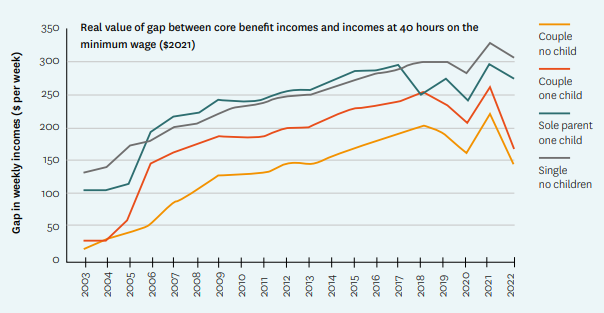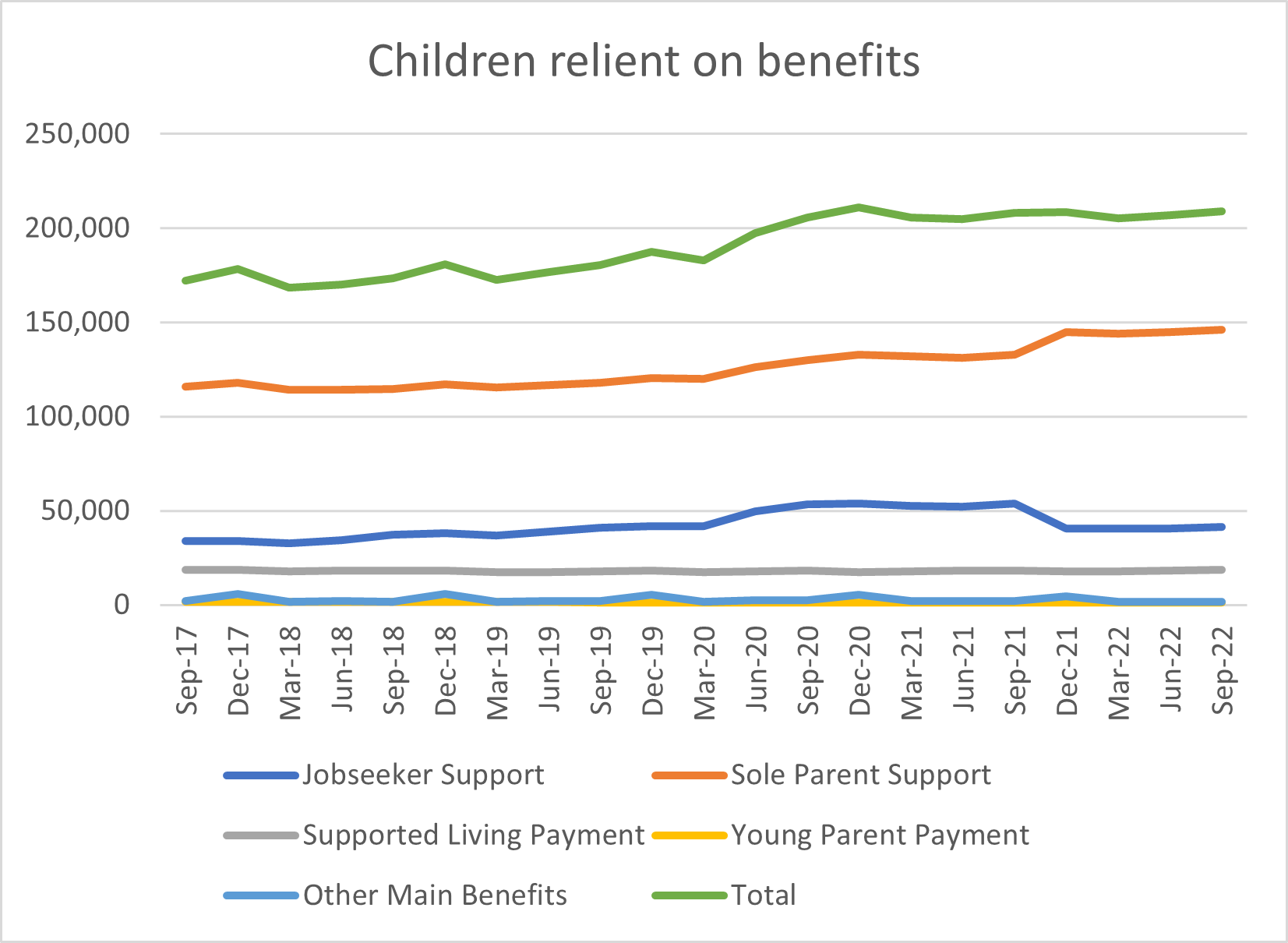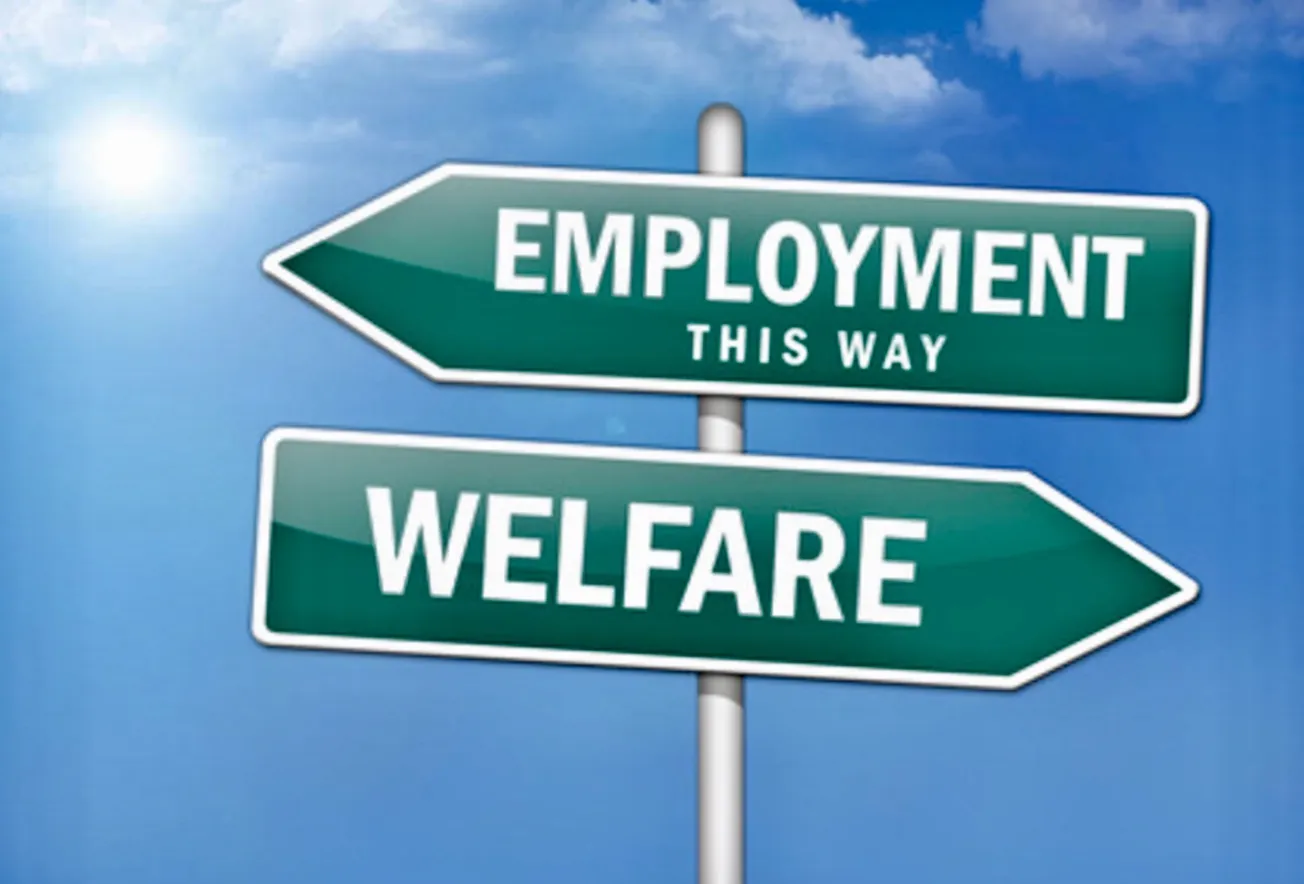Lindsay Mitchell
Lindsay Mitchell has been researching and commenting on welfare since 2001. Many of her articles have been published in mainstream media and she has appeared on radio, TV and before select committees discussing issues relating to welfare. Lindsay is also an artist who works under commission and exhibits at Wellington, New Zealand, galleries.
The benefit system was originally about providing secure income for those genuinely unable to work. That inability to work did not include causing one’s own incapacity or having dependent children.
It has since evolved to become a government tool for equalizing incomes between the employed and unemployed and advancing other ideological goals like the financial emancipation of the female parent from the male parent.
To some degree benefits have become an alternative source of income for those uninterested in the obligations and constrictions involved with being employed. Those who disagree with that statement argue nobody would willingly choose to live on a meagre benefit income.
That may hold water for single people. But the latest incomes-monitoring report from MSD shows a couple on a benefit with two or more children receives over $800 weekly after housing costs. Additionally,
In real terms, total incomes after housing costs of people supported by main benefits were, on average, 43 per cent higher in 2022 than in 2018.
Which brings us to the gap between income from benefits and income from work.

Until 2016 wage growth outstripped inflation hence the growing gap. Since 2019 benefits have been indexed to wages. Previously they were only indexed to inflation. Accordingly, the report notes the 2022 “main benefit increases reduced the gap”. That is, income from work became less attractive.
As well,
… there are still reasonably poor financial incentives to increase the level of hours worked for many low-income families. This is because when earnings increase, their income support payments are withdrawn relatively quickly. High childcare costs and low take-up of in-work assistance can also have a negative impact on financial incentives to increase hours of work.
Little wonder worker shortages are endemic.
So, the income support/benefit system is contributing negatively to the economy in that regard.
But worse, it is being used by the prime minister to achieve her primary goal of reducing child poverty.
According to the report, using Labour’s chosen measures, which show percentage drops since 2017, she has been successful in this endeavour.
What is omitted from this report is the increasing number of children reliant on benefits.

Is this increase a reasonable trade-off for reducing child poverty? If the higher incidence of neglect and abuse for children growing up on a benefit is acceptable, then the answer is yes.
I disagree. The increase may even be described as the exploitation of children to make the prime minister look good. There is no reason why the welcome downward trend for state-dependent sole parents would have reversed bar financial encouragement.
Another finding from the report throws a further spanner into the works for redistributionists.
Asian households feature the lowest percentage of children experiencing material hardship – around four per cent, compared to the Pacific rate of around 24 per cent.
And yet when it comes to income support:
Eligible families with Asian parents had low estimated take-up in recent years. The late 2010s was a period of rapid growth in the Asian population of Aotearoa New Zealand. Low awareness, uncertainty about entitlements, administrative, personal and cultural barriers to claiming, or reluctance to claim payments among recent migrants may be factors explaining the trends.
So the benefit system cannot be credited with low Asian hardship. Something else is protecting their children. Probably the self-reliance and work ethic of their parents.
The government can fiddle all it wants robbing Peter to pay Paul under the guise of ‘fairness and equity’. But the downsides to this interference are corrupting incentives which will continue to blight New Zealand’s future.









